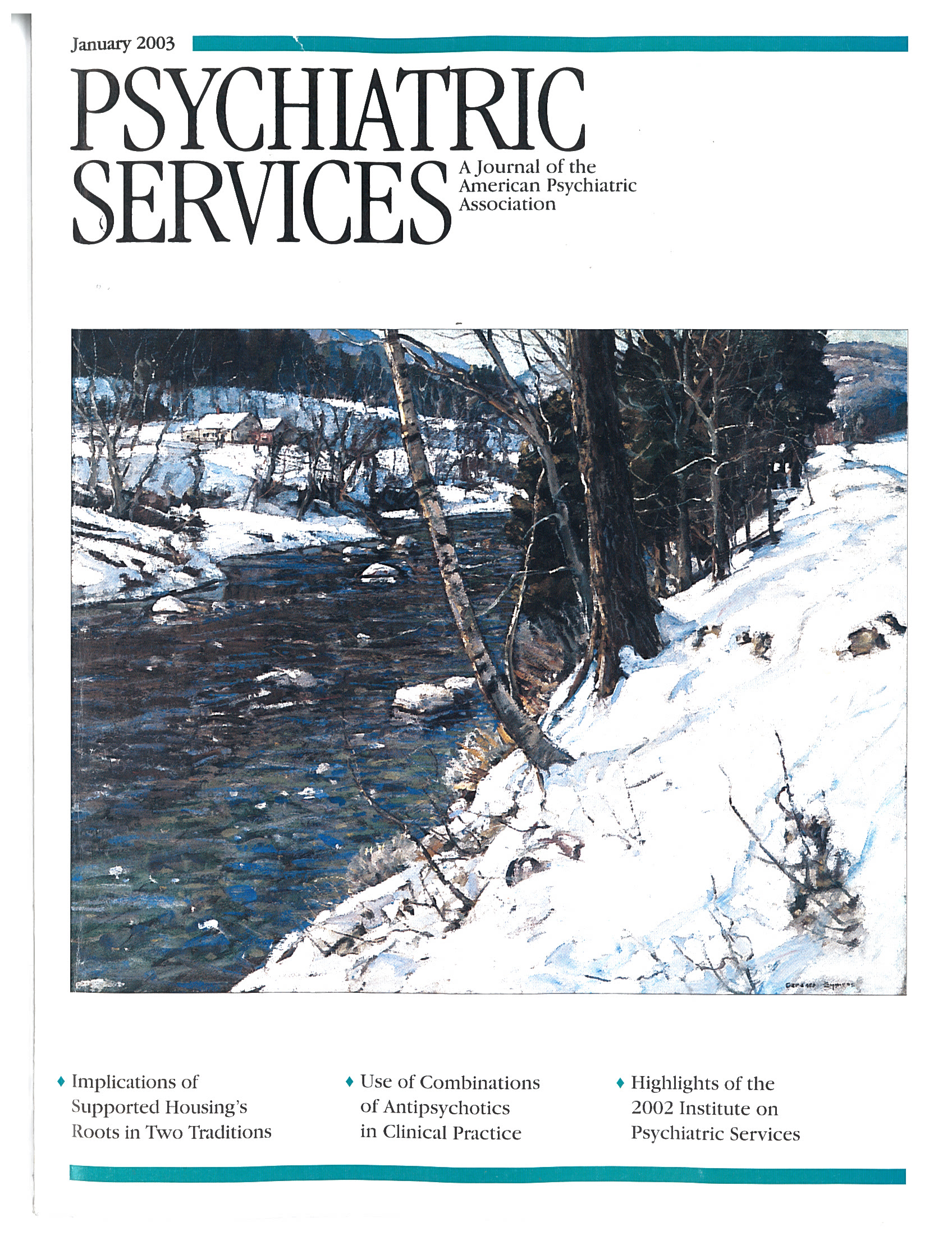Combination Antipsychotic Therapy in Clinical Practice
Abstract
OBJECTIVE: Surveys have shown that antipsychotic drug combinations are frequently prescribed, yet few clinical studies have examined this practice. Experts have generally recommended antipsychotic combinations, especially those combining an atypical and a conventional antipsychotic, as a measure of last resort. A survey of prescribers was conducted to examine why combination antipsychotic therapy is being used in outpatient clinical practice. METHODS: Antipsychotic prescribing practices in the Department of Veterans Affairs Puget Sound Health System were reviewed for a six-month period during 1998-1999. Data on the use of atypical and conventional antipsychotics in combination were collected. RESULTS: A total of 1,794 patients received prescriptions for at least one antipsychotic medication during the study period, of which 715 (40 percent) received an atypical agent. Ninety-three patients (13 percent) who were treated with an atypical antipsychotic received a prescription for combination antipsychotic therapy for at least 30 days. In cases in which both a conventional and an atypical agent were prescribed, the primary reason given for adding a conventional antipsychotic medication was to treat persistent positive symptoms. The primary reason an atypical agent was added to a conventional agent was to switch medications to the atypical agent; however, a significant number of patients became "stuck" on the combination. CONCLUSIONS: The results of this study support previous reports of the frequent use of combination antipsychotic therapy in clinical practice. Prospective controlled trials are needed to substantiate perceptions that combination antipsychotic therapy is clinically beneficial and to provide guidelines on when and for whom antipsychotic polypharmacy should be considered.



